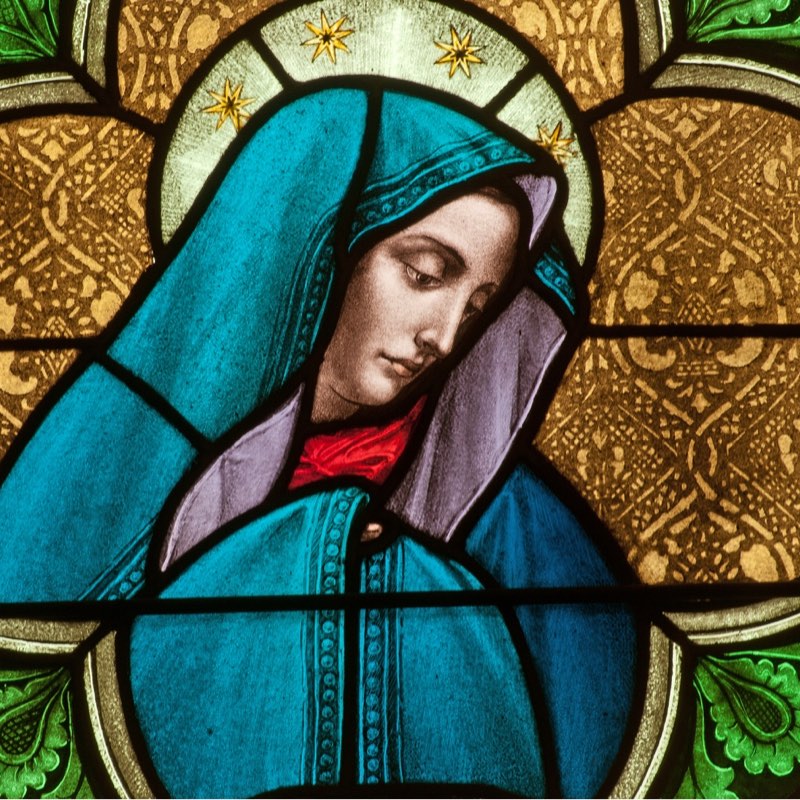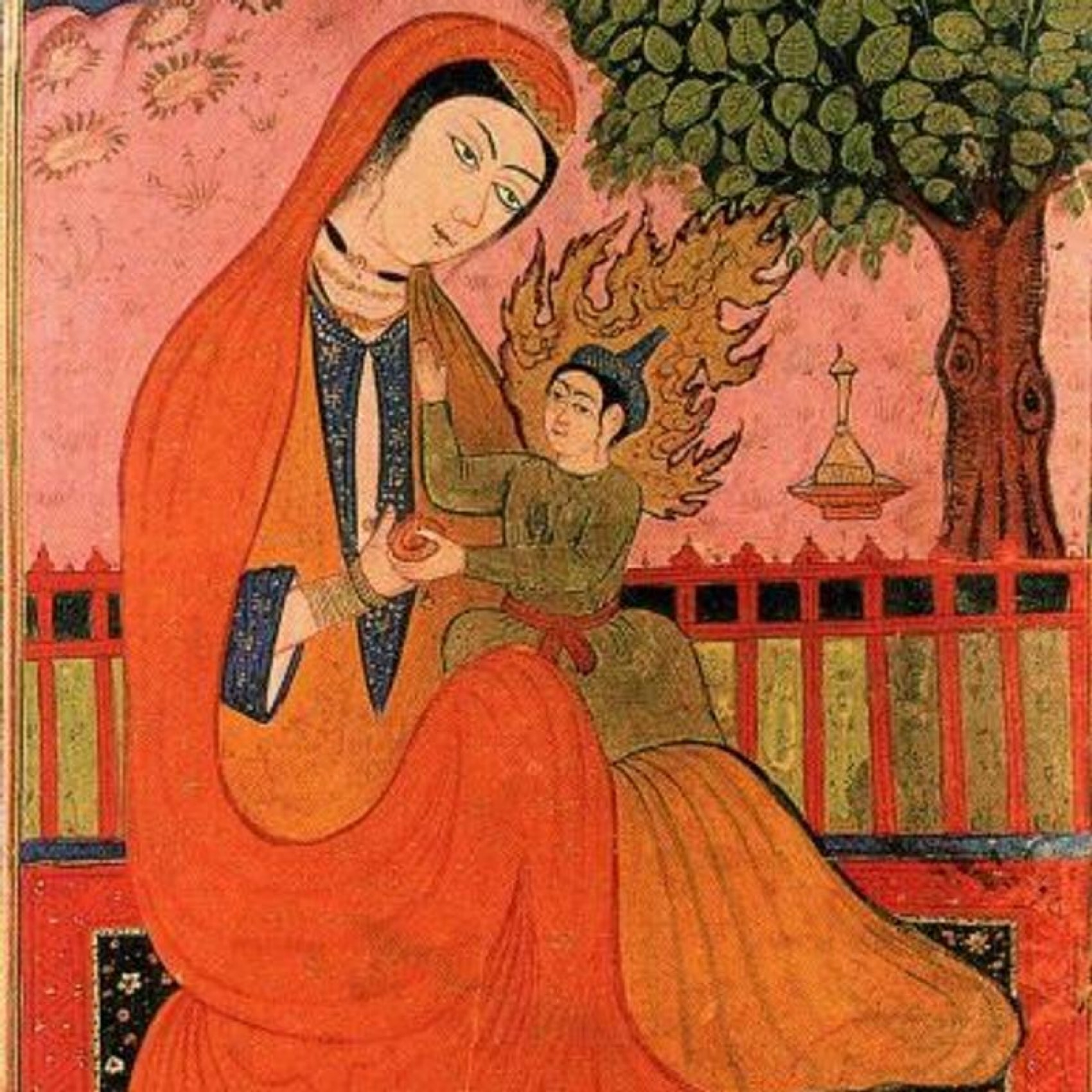What is the description of Mary in the Hadith?
In the Hadith, Mary (Maryam in Arabic) is highly revered as a symbol of purity, piety, and righteousness. She is recognized for her devotion to God and her miraculous virgin birth of Prophet Jesus (Isa in Arabic). Below are key descriptions and references related to Mary in various Hadith collections:
1. Purity and Righteousness: Mary is often described as the epitome of purity and one of the most virtuous women. According to a Hadith found in Sahih al-Bukhari and Sahih Muslim, the Prophet Muhammad (peace be upon him) mentioned Mary among the four best women in human history, saying:
The best women of mankind are four: Maryam bint `Imran, Asiya, the wife of Pharaoh, Khadijah bint Khuwaylid, and Fatimah, the daughter of Muhammad.”* (Sahih al-Bukhari, Hadith 3432)
2. Her Virginity and Miraculous Birth: While the Qur'an covers the story of Mary in detail, her virgin birth of Prophet Jesus is mentioned in the Hadith as a testament to God's power. Mary is often referred to as a virgin, and the birth of Jesus is seen as a miracle without any human intervention.
3. Free from Satan's Touch: According to a Hadith in Sahih al-Bukhari and Sahih Muslim, the Prophet Muhammad stated that all humans are touched by Satan at birth, except Mary and her son, Jesus. This shows her exceptional status:
No child is born but that Satan touches it when it is born, whereupon it begins crying loudly because of Satan's touch. Except for Mary and her son.” (Sahih al-Bukhari, Hadith 3431)
4. Special Status Among Women: Mary is mentioned as having a special status among women, being chosen by Allah for a unique role. The Qur'an elaborates on this in Surah Al-Imran (3:42), but the Hadith also affirms her high rank.
In summary, Mary is described in the Hadith as a figure of exceptional virtue, purity, and piety, chosen by God for a special role in human history. She, along with her son Jesus, holds a unique and honored position in Islamic tradition.


